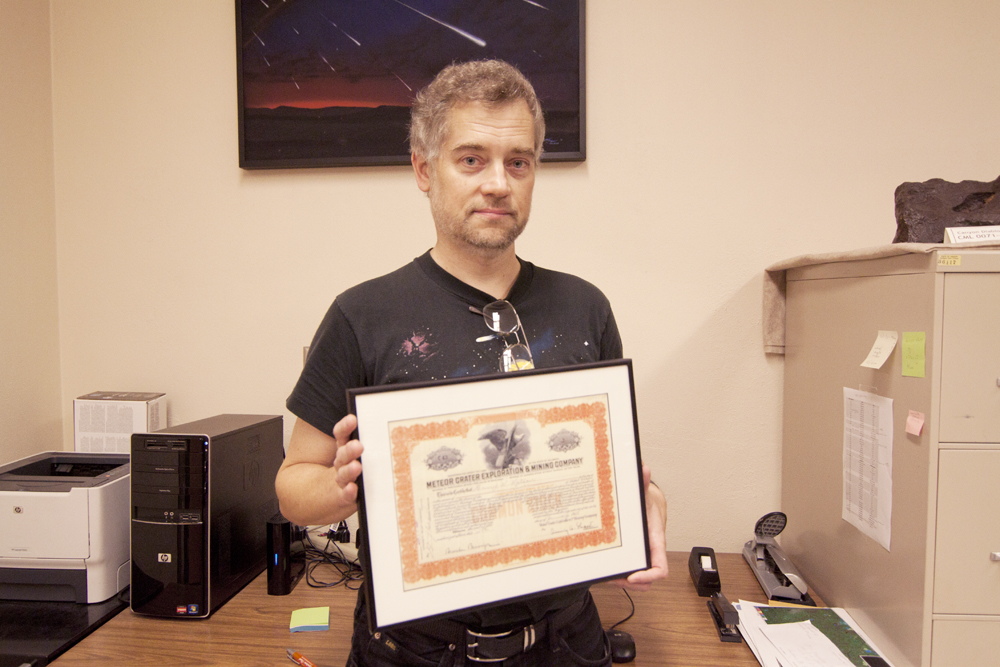Four days that changed Portland
This week in 1970, PSU erupted in the most significant protest in university history
Thirty-five years ago, Portland State was one of 400 colleges nationwide that rallied this week to close schools in protest to the Vietnam War in what many consider the most significant protest in the history of the university.
Hundreds of PSU students went on strike on May 6, 1970 in response to President Nixon’s decision to invade Cambodia, and to the May 4 killings of four students protesting the war at Kent State University.
“That was kind of the flashing point,” Doug Weiskopf, a PSU strike leader, said. “Things had been fermenting [since the beginning of the war].”
Gathering in the Park Blocks, students blocked traffic by throwing up barricades constructed from park benches and debris from nearby construction sites.
The campus closed for four days. A strike committee staffing a headquarters on the fourth floor of the Smith Building oversaw the protesters who lingered in the Park Blocks, picketing and compelling students and faculty members to support the cause.
On May 11 Gregory B. Wolfe, then university president, ordered the university open again. Around 30 protesters and four police officers were injured when violence erupted after disagreements over whether a hospital tent erected in the Park Blocks should be taken down.
Protesters had already begun dismantling barricades but argued that the permit they had obtained to erect the tent had not expired. Thousands watched as police used batons to attack demonstrators who refused to allow the tent to be taken apart.
In the years after the protest, some participants regret nothing while some wonder what could have been done differently.
Strike leader Doug Weiskopf said that during the brawl with police he was knocked out for several minutes and hit again when he tried to crawl away from the scuffle. But, he said, “I look back on the era and say, you know, I did the right thing.”
PSU history professor David A. Horowitz was a supportive faculty member 35 years ago but thinks now that some of the tactics used by the protesters, such as the blocking of traffic and disruption of classes, may not have been the best choice.
“We blamed the people for the war, in a sense,” he said, “We were all so angry. Taking it out on the public wasn’t the best thing to do.”
He said that some students who were camping out in the Smith ballroom destroyed property, did drugs and had sex in hallways and stairwells.
Weiskopf said that these allegations are only rumors. The protesters were respectful of the building and were committed to non-violent means of protest, he said.
“I can’t think of anything I’d [have] done differently,” Weiskopf said, “I was trying to make a point as loudly as I could and dramatically as I could. We got the message out, we made our point, and we made it pretty much violence- or vandalism-free.”
“The students were absolutely, 100 percent committed to non-violence,” said Dory Hylton, historian on the 1970 protests.
Hylton said what made the protests at PSU unique was that here, “people were connected by the bond of community. This was absolutely a community event. Everyone was touched by it in one way or another.”
She told the story of one police officer whose daughter was involved in the protest. “They told him, ‘Why can’t you control your kid?’ He took a lot of heat.”
Partially inspired by these events, the PSU Friends of History will host a panel today to discuss war protest strategies. The panel, entitled “Vietnam War Protest: A Model for Today’s Activists?” will be in Room 236 of the Smith Center from 7:30 – 9 p.m.
The panel, Horowitz said, was inspired by a reflective memoir of an anti-war protester during the Vietnam War and will focus on what did and did not work about the protests, not just at PSU, but in the country as a whole.
“I want to help people think strategically about anti-war activism,” Horowitz said.




